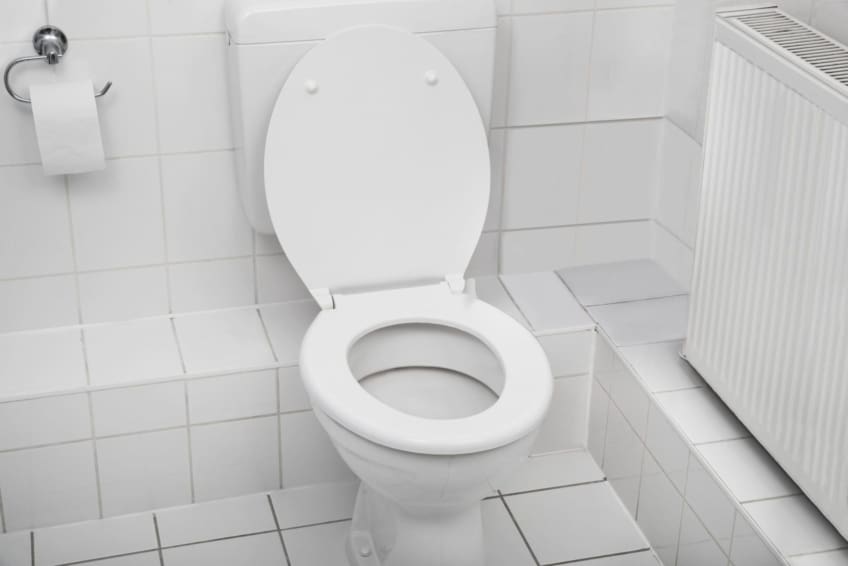
Urinary incontinence is the loss of bladder control. This means you can’t always control when you urinate. There are different types of urinary incontinence. Most can be treated. Bladder training is a common treatment.
What is bladder training?
Bladder training is a way of learning to manage urinary incontinence. It helps you change your urination habits. It’s generally used for stress incontinence or urge incontinence. Stress incontinence is when urine leaks because of sudden pressure on your lower stomach muscles. This could be when you cough, laugh, lift something, or exercise. Urge incontinence is when the need to urinate comes on so fast that you can’t get to a toilet in time. Bladder training can also be used for a combination of the 2 types (called mixed incontinence).
Bladder training can help by:
- Lengthening the amount of time between bathroom trips
- Increasing the amount of urine your bladder can hold
- Improving your control over the urge to urinate
Path to improved health
Ask your doctor about starting a bladder training program. They may ask you to keep a diary. You can use the diary to record how much and how often you urinate. This information will help your doctor create a plan that’s right for you.
Three bladder training methods are listed below. Your doctor may recommend 1 or more of these methods to help control your incontinence.
- Kegel exercises: These are exercises that help strengthen the muscles you use to stop the flow of urine. They can be done anywhere, anytime. They were designed for women, but they can also help men with urinary incontinence. For more information, see “Kegel Exercises for Your Pelvic Muscles.”
- Pelvic floor physical therapy. This therapy targets the muscles that support the uterus, bladder, and bowel. A professional therapist guides you through exercises to strengthen pelvic muscles.
- Delayed urination: If you have urge incontinence, you can learn to put off urination when you feel an urge. Start by trying to hold your urine for 5 minutes every time you feel the urge to urinate. When it’s easy to wait 5 minutes, try to increase the time to 10 minutes. Continue to increase the amount of time until you’re urinating every 3 to 4 hours. When you feel the urge to urinate before your time is up, you can try relaxation techniques. Breathe slowly and deeply. Concentrate on your breathing until the urge goes away. Kegel exercises may also help control urges.
- Scheduled bathroom trips: Some people control their incontinence by going to the bathroom on a schedule. This means that you go to the bathroom at set times, whether you feel the urge or not. For example, you might start by going to the bathroom every hour. Then gradually increase the time until you find a schedule that works for you.
Keep in mind it may take 3 to 12 weeks of bladder training to see results. During your training program, your doctor may have you keep track of the number of urine leaks you have each day. This will help you and your doctor see if bladder training is helping. Don’t be discouraged if you don’t see immediate results or if you still experience some incontinence.
Things to consider
Treatment depends on what type of urinary incontinence you have and what’s causing it. Your doctor will suggest treatments that are right for you. Options can include:
- Medicines and medical devices. These can treat some types of urinary incontinence. This may be a good choice in some cases.
- Dietary changes. Your doctor may suggest you avoid foods that can irritate your bladder. These include alcohol, caffeine, foods high in acid (such as tomatoes or grapefruits), and spicy foods. Also, limit how much you drink before bedtime to help reduce nighttime incontinence.
- Lose weight if you’re overweight. Not only may this help your incontinence, it will improve your overall health.
- Referral for pelvic floor physical therapy. This can help strengthen your pelvic floor and reduce urinary incontinence.
Questions to ask your doctor
- What kind of urinary incontinence do I have?
- Will bladder training help me?
- What type of bladder training will work best for me?
- What should I write down in a diary to keep track of my urination?
- Is there anything else I should do to improve my urinary incontinence?
Resources
National Institutes of Health, National Institute on Aging: Urinary Incontinence in Older Adults
U.S. Department of Health & Human Services, Office on Women’s Health: Urinary Incontinence
![]()
Copyright © American Academy of Family Physicians
This information provides a general overview and may not apply to everyone. Talk to your family doctor to find out if this information applies to you and to get more information on this subject.






